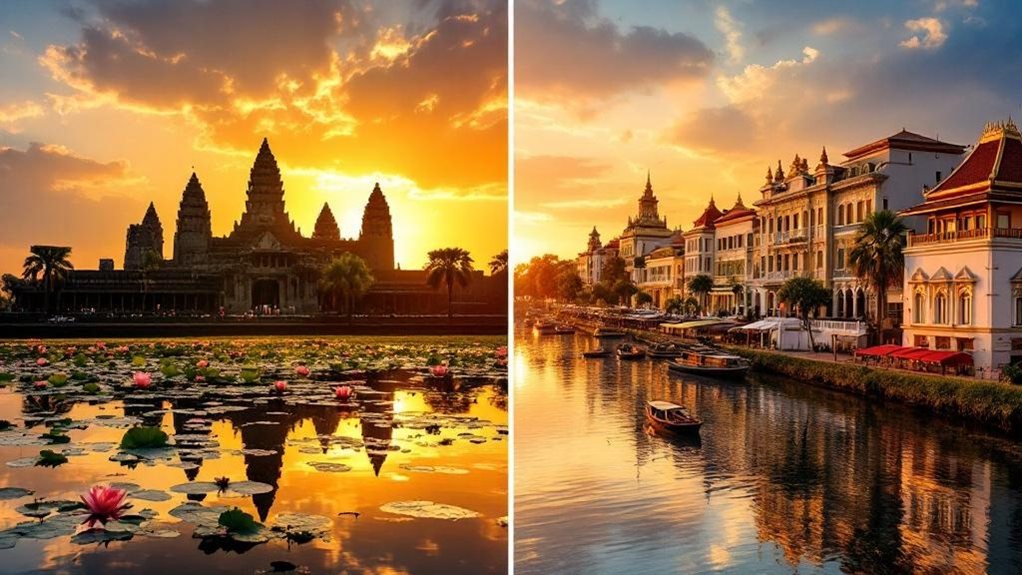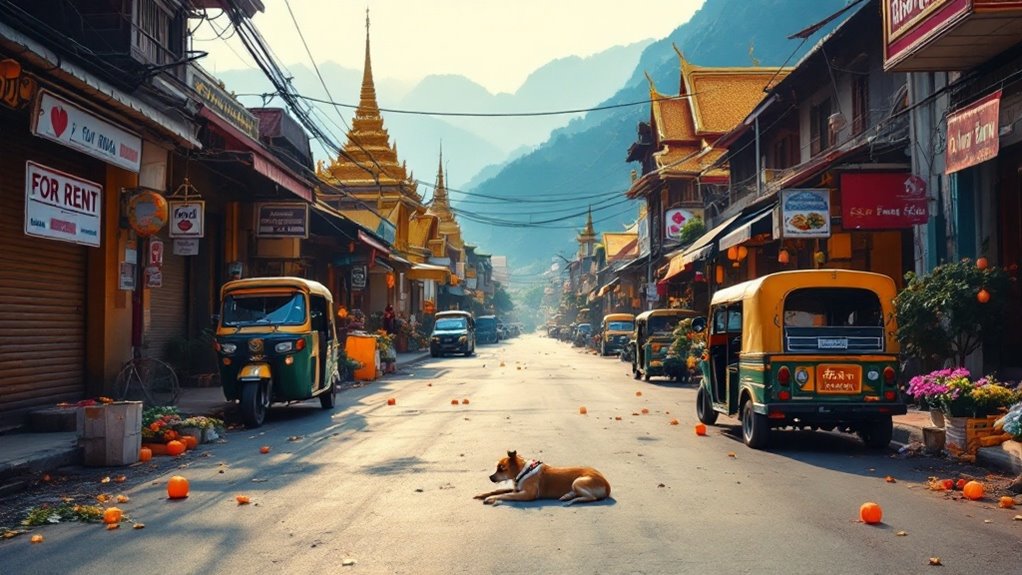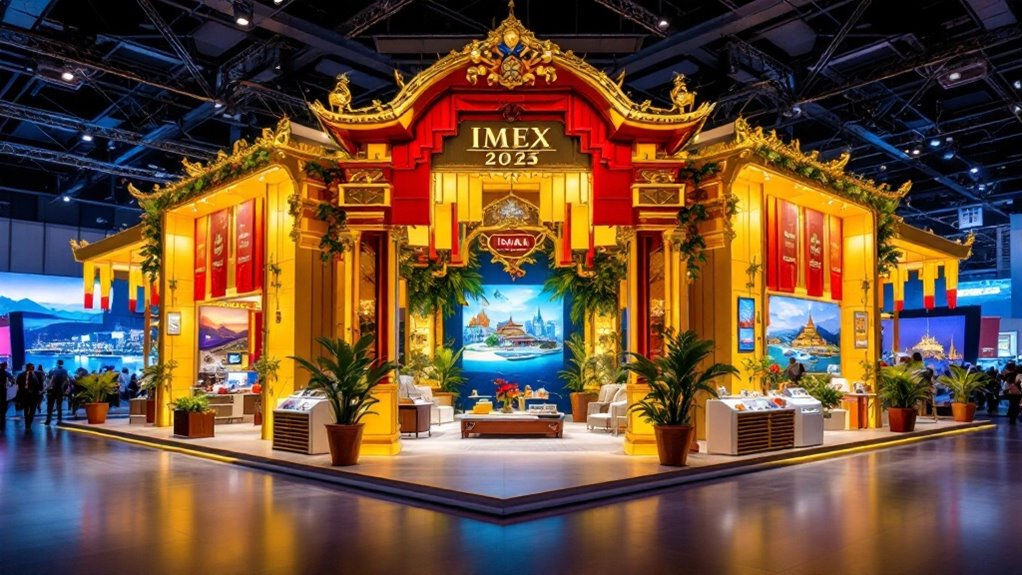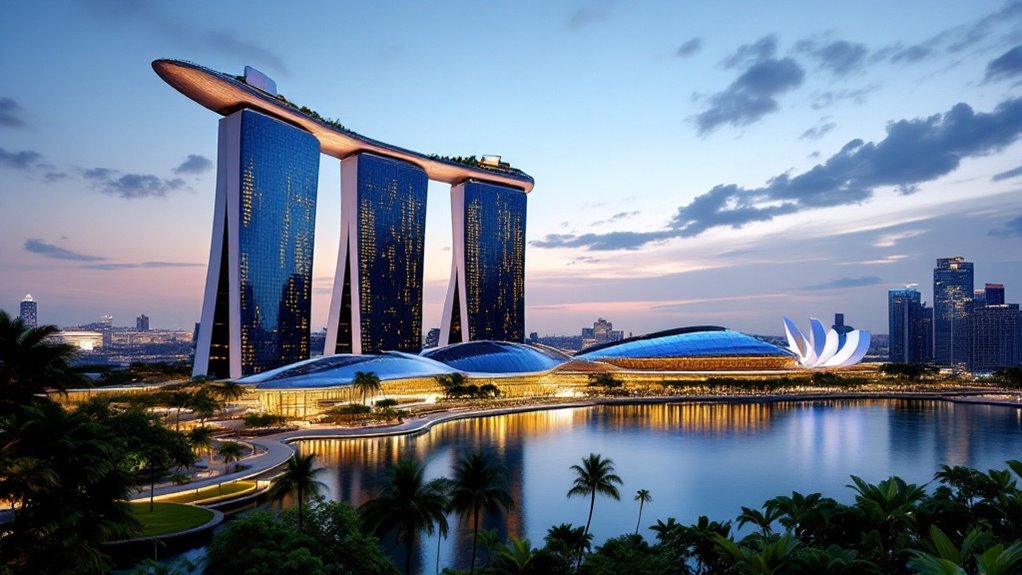When choosing between Siem Reap and Phnom Penh, it depends on preferences. Siem Reap, known for Angkor Wat, offers rich cultural heritage and serene landscapes, appealing to history and temple enthusiasts. Phnom Penh, Cambodia’s lively capital, presents diverse attractions like royal palaces, museums, and a vibrant urban atmosphere. It attracts those interested in colonial history and modern life. Each city offers distinct experiences, contrasting tranquil allure with bustling charm. Discover which city suits your travel desires.
When choosing between Siem Reap and Phnom Penh as the better Cambodian gem, travelers must weigh historical significance, natural beauty, and urban atmosphere. Siem Reap is renowned for its proximity to the Angkor Wat temple complex, a UNESCO World Heritage site and an iconic symbol of Cambodia. This city’s history is deeply intertwined with the Angkorian empire and its ancient religious sites.
Siem Reap, home to Angkor Wat’s ancient splendor, epitomizes Cambodia’s historical essence.
In contrast, Phnom Penh, as Cambodia’s capital, presents a rich tapestry of colonial and modern history, marked by French architecture and the poignant remnants of the Khmer Rouge era. The capital also features diverse historical narratives showcased in museums such as the National Museum and the Tuol Sleng Genocide Museum, offering a broader historical perspective beyond ancient temples. Phnom Penh is also known as Cambodia’s political and economic hub, which adds to its dynamic urban life. Phnom Penh’s historical context is deeply rooted in the events of the 20th century, including the Cambodian Civil War and the tragic genocide under the Khmer Rouge regime.
Regarding natural beauty, Siem Reap offers access to Tonle Sap, Southeast Asia’s largest freshwater lake, known for its floating villages and biodiversity. Nearby, Phnom Kulen National Park provides waterfalls, ancient ruins, and panoramic views.
Phnom Penh, on the other hand, features the Mekong River with scenic sunset cruises, and Koh Dach, notable for traditional silk weaving, provides rural landscapes distinct from Siem Reap’s greener environment.
The urban atmosphere in Phnom Penh is characterized by its bustling city life, with vibrant markets and French colonial influences creating a fast-paced vibe typical of Cambodia’s largest urban center. Siem Reap, however, offers a smaller, quieter, and more relaxed environment with less congestion and traffic stress. Its intimate setting is more tourist-friendly, focusing primarily on cultural heritage and temple tours.
Tourism in Siem Reap revolves around Angkor Wat, with visitors often planning multiple days for temple exploration. In contrast, Phnom Penh offers a wider array of attractions, including royal palaces, museums, and riverfront dining, catering to a more diverse itinerary.
Accommodation options reflect these differences; Phnom Penh, with its capital city status, offers higher-standard hotels and a wider variety of accommodations, including international chains and luxury options, while Siem Reap provides more affordable guesthouses and boutique hotels catering to temple tourists. Each city offers unique experiences, appealing to different traveler preferences.









